Astronomy Education In Schools In Practice
Parallel Session
6th Shaw-IAU Workshop on Astronomy for Education
Session timeblocks
Tuesday Nov. 12, 2024
Secondary Schools:
UTC: 11 a.m. -
12:30 p.m.
America/New_York:
6 a.m.-
7:30 a.m.
Wednesday Nov. 13, 2024
Primary Schools:
UTC: 10:30 a.m. -
noon
America/New_York:
5:30 a.m.-
7 a.m.
Secondary Schools, repeated:
UTC: 8 p.m. -
9:30 p.m.
America/New_York:
3 p.m.-
4:30 p.m.
Thursday Nov. 14, 2024
Primary Schools, repeated:
UTC: 5:30 p.m. -
7 p.m.
America/New_York:
12:30 p.m.-
2 p.m.
This session will focus on astronomy education endeavours within classroom environments to explore successful practices and creation processes.
Schedule
-
The role of natural effects of the earth and man-made structures in learning astronomy
Today, learning astronomy becomes more interesting for children when it is combined with other sciences. After three years of activity and photographing terrestrial phenomena such as: squares, alleys and mountains around the city during sunrise and sunset, I was able to teach the movement of the sun during different seasons to my elementary school students. At first, this topic was new to them and after learning mobile photography, they were able to use newer ideas by comparing and the concept of seasons, the length of days in different days of the year, the size of their shadow in different seasons using Learn photography with a mobile phone in a scientific and attractive way.
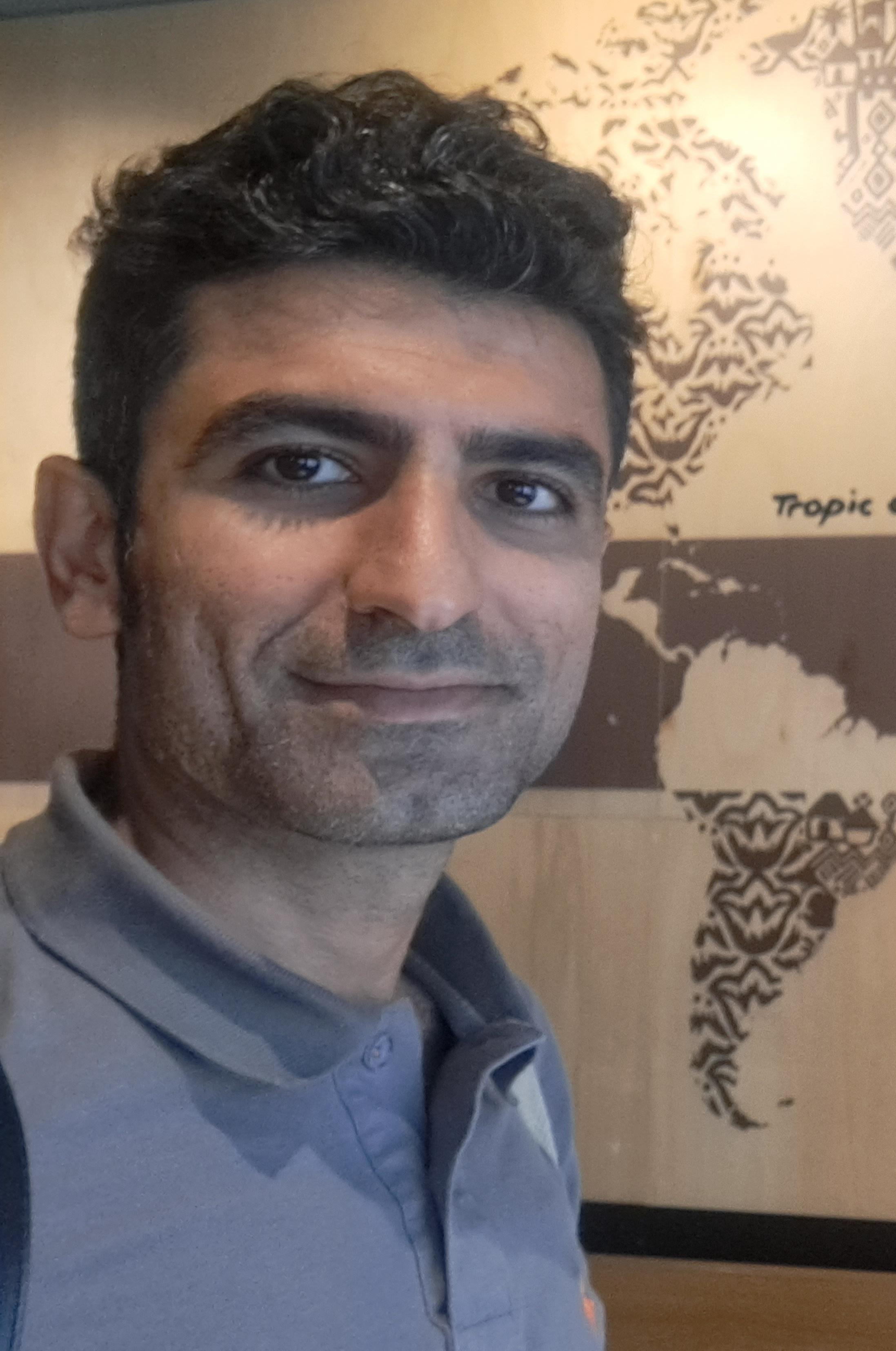
Hossein Khezri (Associate of Commission C1 WG Astronomy Education Research & Methods)
For more information about this talk click here
-
The Penn State Inservice Workshops in Astronomy (PSIWA)
Tuesday Nov. 12, 2024
UTC: 11 a.m. - 11:10 a.m. America/New_York: 6 a.m.- 6:10 a.m.Wednesday Nov. 13, 2024
UTC: 8 p.m. - 8:10 p.m. America/New_York: 3 p.m.- 3:10 p.m.The PSIWA, now operating for 20+ years, are week-long summer workshops for Pennsylvania high-school physics and Earth/space science teachers aimed at helping them teach their students about stars, black holes, cosmology, and other topics. They serve as a high-leverage method of improving understanding of astronomy; each of the attending teachers will teach hundreds of students. Teachers from diverse, under-served school districts are specifically recruited with scholarship funds. The PSIWA programs include lectures on subject material, discussions of pedagogical approaches, hands-on activities, nighttime observing, and guest presentations. I will describe the accomplishments of the PSIWA, their future prospects, and broader lessons learned.
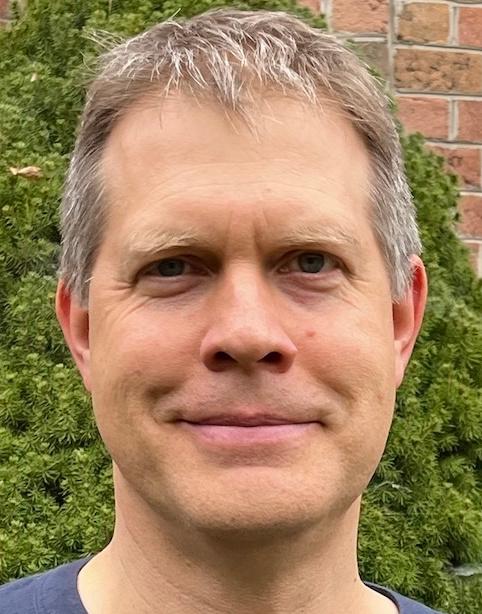
Niel Brandt (Penn State University)
Coauthors: Chis Palma (Penn State University)
For more information about this talk click here
-
Bridging Scientists and Students with Regional School Partnerships
Tuesday Nov. 12, 2024
UTC: 11:10 a.m. - 11:20 a.m. America/New_York: 6:10 a.m.- 6:20 a.m.Wednesday Nov. 13, 2024
UTC: 8:10 p.m. - 8:20 p.m. America/New_York: 3:10 p.m.- 3:20 p.m.The ARC Centre of Excellence for Dark Matter Particle Physics has developed a partner school program to build long-term collaborations with traditionally underserved regional and rural schools in Australia. Now in its fourth year, this program has expanded to seven schools across two states. In this session, we will discuss: The inspiration, drive, and support behind the development of the program; The structure of the program and its alignment with the centre’s scientific research; An overview of the scaffolded and curriculum-aligned lessons covering topics such as gravity, the galaxies, the nature of science, and particle models; and an update on the evaluation of the efficacy of the program in conjunction with the University of Melbourne Faculty of Education.
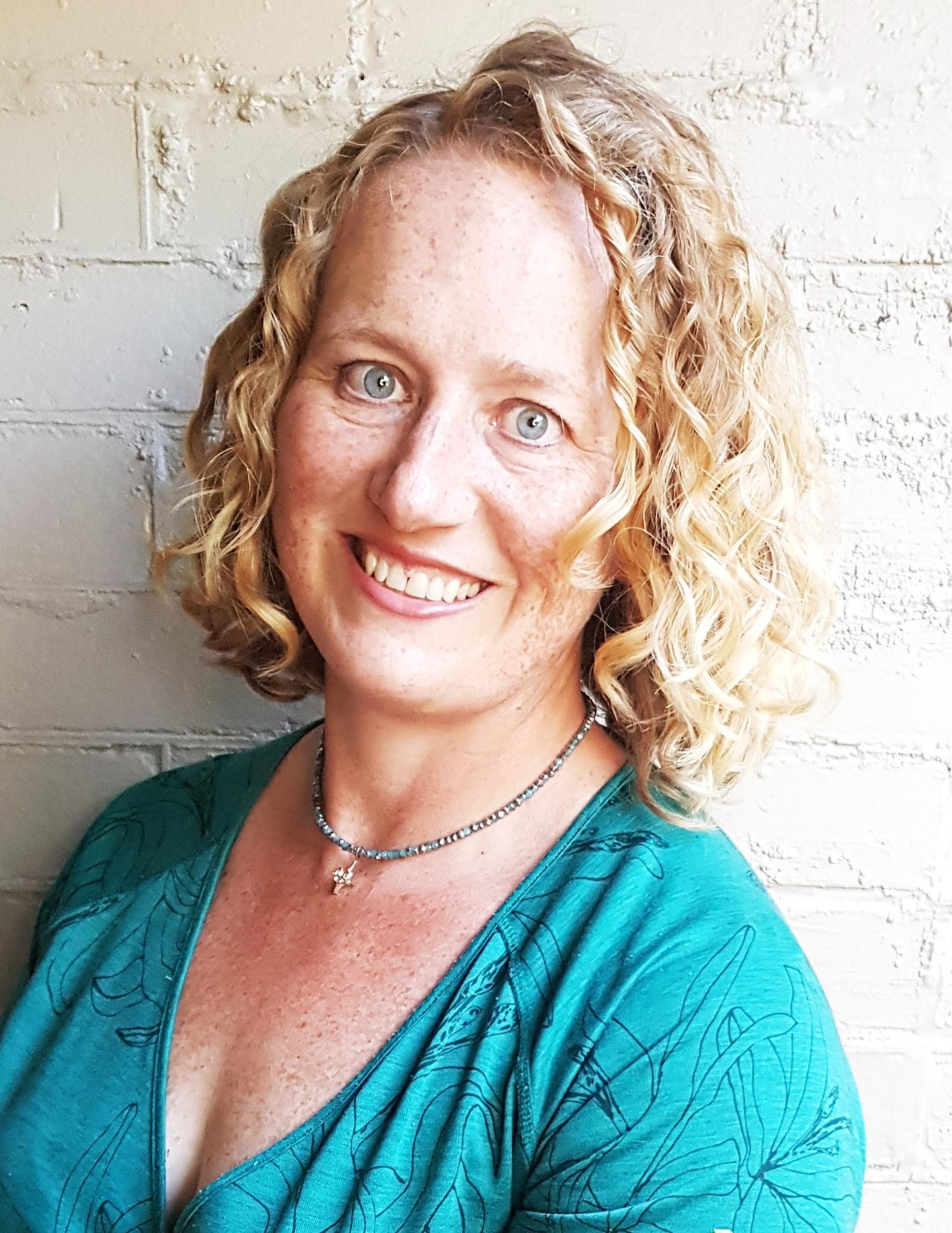
Jacqueline Bondell (University of Melbourne)
For more information about this talk click here
-
Experiences in creating and implementing a course for Astronomy as its own subject in High School
Tuesday Nov. 12, 2024
UTC: 11:20 a.m. - 11:35 a.m. America/New_York: 6:20 a.m.- 6:35 a.m.Wednesday Nov. 13, 2024
UTC: 8:20 p.m. - 8:35 p.m. America/New_York: 3:20 p.m.- 3:35 p.m.Astronomy education is the perfect area of opportunity to inspire the next generation of scientists. This talk showcases the work, educational strategies, and experience gained through developing and implementing the first program in Guatemala for teaching Astronomy as its own subject in High School. Starting in the year 2018, it has successfully run in two different schools and more than 400 students have successfully completed the course. As a result, students have asked for astrophysics as a follow up course to run this year as part of their science electives. Following the implementation, there have also been students that chose to join aerospace engineering and astrophysics programs as their college majors, proving to be successful in engaging young adults towards studying science.
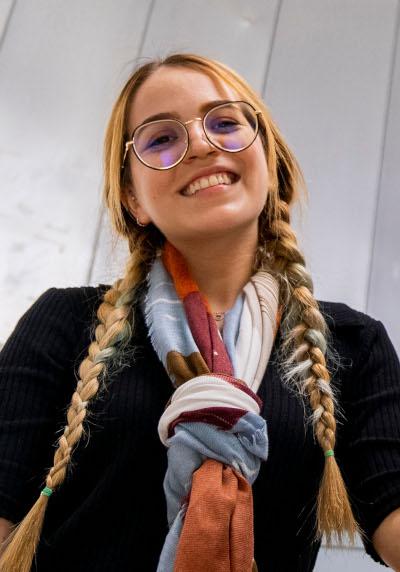
Melissa Solares Hidalgo (NAEC Guatemala, American School of Guatemala)
For more information about this talk click here
-
Authentic Research Experiences for High School Students in Astronomy
Tuesday Nov. 12, 2024
UTC: 11:35 a.m. - 11:50 a.m. America/New_York: 6:35 a.m.- 6:50 a.m.Wednesday Nov. 13, 2024
UTC: 8:35 p.m. - 8:50 p.m. America/New_York: 3:35 p.m.- 3:50 p.m.Authentic research experiences for young people (women especially) in astronomy is rare; however, it is exceptionally meaningful and inspiring. My team of students and I were fortunate to participate in a unique research experience where we collected data during the recent total solar eclipse and live streamed our images to the NASA Edge website and the DEB Initiative. An NSF grant allowed for our team to receive the equipment needed and be trained to collect this data. We met throughout the winter and spring to practice, learn more about the science behind eclipses, and to do outreach events in our community. The students’ relationship to the process of conducting scientific research became much more positive than before, and their knowledge of astronomy increased.
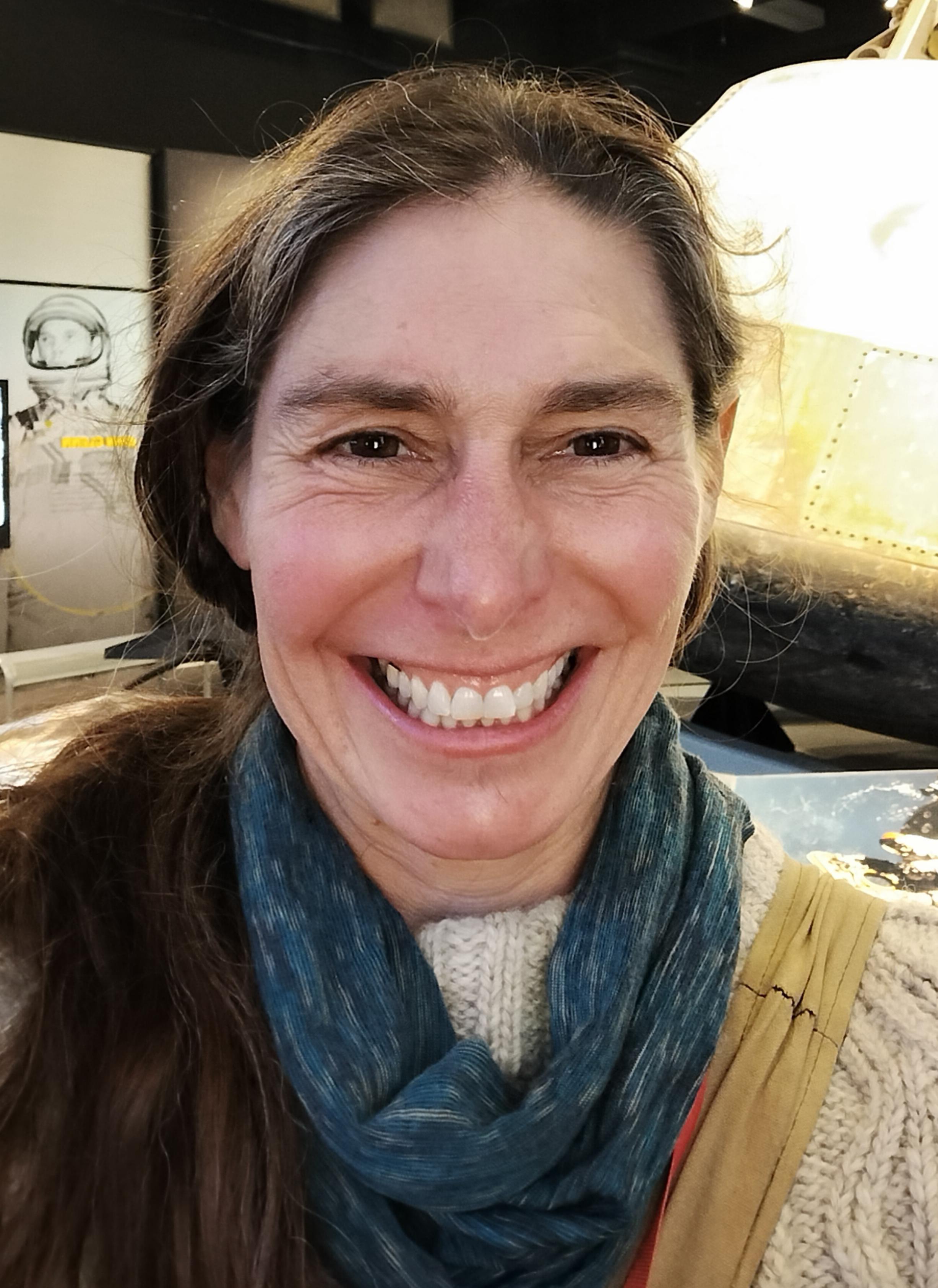
Heidi Schran (Talawanda High School, Oxford, Ohio)
Coauthors: Joanna Hohn (Miami University), Alison Allen (Rockman Institute)
For more information about this talk click here
-
Recreating the Early Universe in classrooms:Leveraging Augmented Reality and ChatGPT in Astrophysics
Tuesday Nov. 12, 2024
UTC: 11:50 a.m. - noon America/New_York: 6:50 a.m.- 7 a.m.Wednesday Nov. 13, 2024
UTC: 8:50 p.m. - 9 p.m. America/New_York: 3:50 p.m.- 4 p.m.The ALICE particle detector at CERN's Large Hadron Collider studies quark-gluon plasma to gain insights into the early Universe and dark matter. To bridge this advanced research with secondary education, a learning module is being developed that incorporates augmented reality (AR) for effective visualisation, ChatGPT as an AI tutor for personalized learning and LEGO models as educational aids for haptic interaction. The module educates students about ALICE's collaboration with the International Space Station in dark matter research. The learning module uses AR and AI to enhance learning while balancing for cognitive load. The talk introduces the module, discusses its development, and explores the interdisciplinary collaboration aimed at advancing science education.

Aishwarya Girdhar (LMU - Ludwig Maximilian University of Munich)
Coauthors: Atakan Çoban, Max Warkentin, Christoph Hoyer, Jochen Kuhn
For more information about this talk click here
-
Bringing the Universe into the Classroom: Integrating Astronomy through Math Problems
Tuesday Nov. 12, 2024
UTC: noon - 12:15 p.m. America/New_York: 7 a.m.- 7:15 a.m.Wednesday Nov. 13, 2024
UTC: 9 p.m. - 9:15 p.m. America/New_York: 4 p.m.- 4:15 p.m.It is unfortunate that not all school students have access to Astronomy education. To address this gap, this project develops mathematics problems centered around astronomy, aimed at students in grades 5 through 10. By using astronomical facts and laws as the basis for these problems, it is ensured that students engage with celestial concepts, even if astronomy is not part of their formal curriculum. In the talk exemplary problems will be shown to illustrate how astronomical content can be integrated into math problems. The problems are created to be accessible for teachers with minimal or no background in astronomy, allowing them to use them with confidence. Additionally, the mathematics problems have been tested in schools, and the results will be presented.
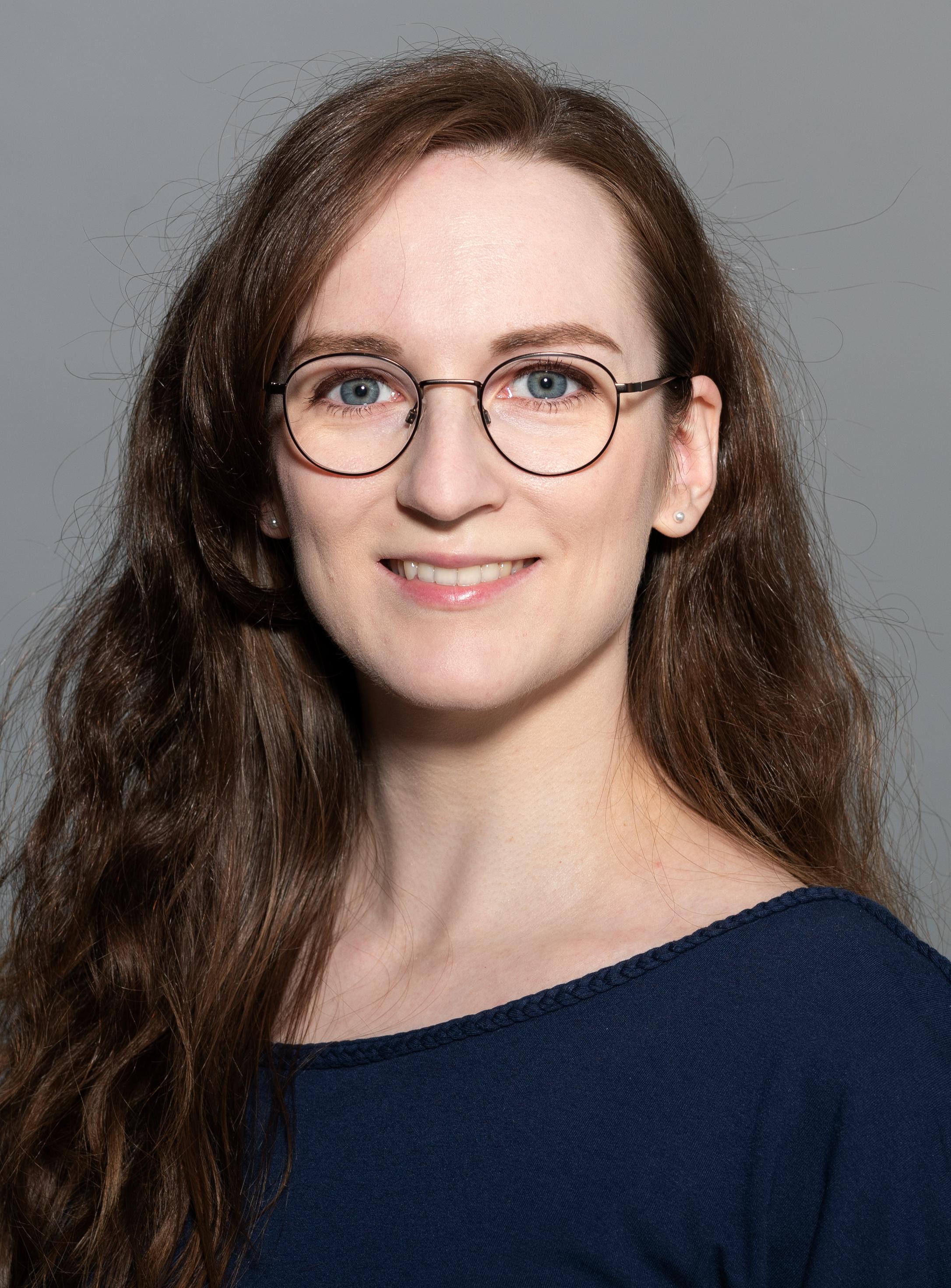
Eleen Hammer (Friedrich Schiller University Jena)
Coauthors: Holger Cartariusv (Friedrich Schiller University Jena)
For more information about this talk click here
-
Discussion Panel: Astronomy Education in Practice in Secondary Schools
Tuesday Nov. 12, 2024UTC: 12:15 p.m. - 12:30 p.m. America/New_York: 7:15 a.m.- 7:30 a.m.
Wednesday Nov. 13, 2024
UTC: 9:15 p.m. - 9:30 p.m. America/New_York: 4:15 p.m.- 4:30 p.m.Chair:
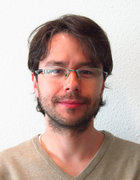
Eduardo Monfardini Penteado
Panel: Niel Brandt
(Penn State University), Jackie Bondell
(University of Melbourne), Melissa Solares Hidalgo
(American School of Guatemala), Heidi Schran
(Talawanda High School, Oxford, Ohio), Aishwarya Girdhar
(LMU: Ludwig Maximilian University of Munich), Eleen Hammer
(Friedrich-Schiller-University Jena, Germany) -
Deep Conceptual Understanding through Personalized Learning Paths - The Discovery Space Project
Wednesday Nov. 13, 2024
UTC: 10:30 a.m. - 10:40 a.m. America/New_York: 5:30 a.m.- 5:40 a.m.Thursday Nov. 14, 2024
UTC: 5:30 p.m. - 5:40 p.m. America/New_York: 12:30 p.m.- 12:40 p.m.The Discovery Space project (https://discoveryspace.eu/) has designed an innovative Exploratory Learning Environment, known as Discovery Space, to enhance students' inquiry and problem-solving skills while interacting with virtual and remote labs. This environment aims to provide personalized support and guidance using AI-driven companions, enabling students to learn at their own pace and rhythm, and assuring true deep learning for all. Pilot scenarios cover topics such as the causes of the seasons, the phases of the moon, and landing on Mars, demonstrating how teachers, with the help of AI, can tailor educational experiences to individual needs.
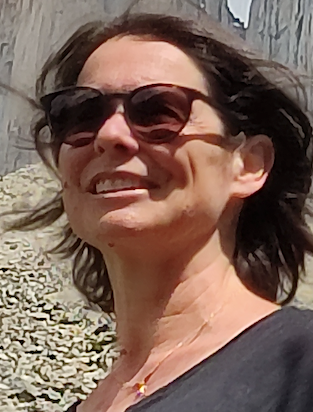
Maria Luísa Almeida (NUCLIO - Núcleo Interativo de Astronomia e Inovação em Educação)
Coauthors: Rosa Doran (NUCLIO)
For more information about this talk click here
-
Looking for Life in the Universe. Hands-on activities about Astrobiology
Wednesday Nov. 13, 2024
UTC: 10:40 a.m. - 10:55 a.m. America/New_York: 5:40 a.m.- 5:55 a.m.Thursday Nov. 14, 2024
UTC: 5:40 p.m. - 5:55 p.m. America/New_York: 12:40 p.m.- 12:55 p.m.In this talk we will first explain in brief what Astrobiology is: the study of life in the universe. Afterwards, several simple experiments that are easily reproducible in the classroom are shown. Thus, through experiments, the scientific activity carried out by astrobiologists is explained.

Juan Ángel Vaquerizo (Centro de Astrobiología (CAB, CSIC-INTA))
For more information about this talk click here
-
AstroJourneys
Wednesday Nov. 13, 2024
UTC: 10:55 a.m. - 11:05 a.m. America/New_York: 5:55 a.m.- 6:05 a.m.Thursday Nov. 14, 2024
UTC: 5:55 p.m. - 6:05 p.m. America/New_York: 12:55 p.m.- 1:05 p.m.AstroJourneys is an Erasmus project that will run from September 2024 till August 2027. It gathers a consortium of nine partners from 5 countries and aims at the creation of an AI-assisted learning platform based on “the big ideas in Astronomy” (as defined by the Office of Astronomy for Education of the IAU), curriculum opportunities, and a selection of tools and resources. Resources will be designed in the form of inclusive research experiences based on Inquiry and Project Based Learning. AstroJourneys targets a large community of practice, with about 20 schools, including students, educators, families. Educators will personalise and differentiate the learners' experiences, supporting their own learning rhythm and directly focusing on their competence profile development needs.
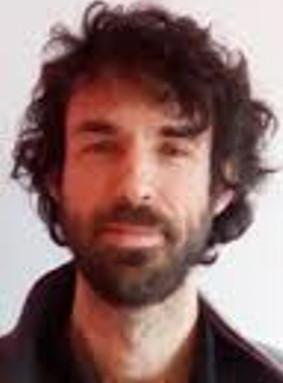
Emmanuel Rollinde (OAENF-CY / LDAR-CYU)
Coauthors: Rosa Doran (NUCLIO), Gustavo Rojas (University of Lisbon)
For more information about this talk click here
-
The role of natural effects of the earth and man-made structures in learning astronomy
Wednesday Nov. 13, 2024
UTC: 11:05 a.m. - 11:15 a.m. America/New_York: 6:05 a.m.- 6:15 a.m.Thursday Nov. 14, 2024
UTC: 6:05 p.m. - 6:15 p.m. America/New_York: 1:05 p.m.- 1:15 p.m.Today, learning astronomy becomes more interesting for children when it is combined with other sciences. After three years of activity and photographing terrestrial phenomena such as: squares, alleys and mountains around the city during sunrise and sunset, I was able to teach the movement of the sun during different seasons to my elementary school students. At first, this topic was new to them and after learning mobile photography, they were able to use newer ideas by comparing and the concept of seasons, the length of days in different days of the year, the size of their shadow in different seasons using Learn photography with a mobile phone in a scientific and attractive way.

Hossein Khezri (Associate of Commission C1 WG Astronomy Education Research & Methods)
For more information about this talk click here
-
Astronomy and Children's Literature in the Early Years of Elementary School
Wednesday Nov. 13, 2024
UTC: 11:15 a.m. - 11:25 a.m. America/New_York: 6:15 a.m.- 6:25 a.m.Thursday Nov. 14, 2024
UTC: 6:15 p.m. - 6:25 p.m. America/New_York: 1:15 p.m.- 1:25 p.m.The approach to Astronomy is essential in the Early Years of Elementary School, as it is present in our daily lives, it is perceived by the curious eyes of children who usually observe the sky and the stars visible during the day and night. The objective is to highlight children's literature as an important methodological resource in the teaching and learning of Astronomy, and to report some strategies developed for this stage of teaching. The qualitative approach allowed an analysis of some theoretical frameworks to realize a "state of knowledge". The results show that children's literature favors interdisciplinary work, enabling the student to construct knowledge with the pleasure of listening to stories, making discoveries and relating to what is observed daily.
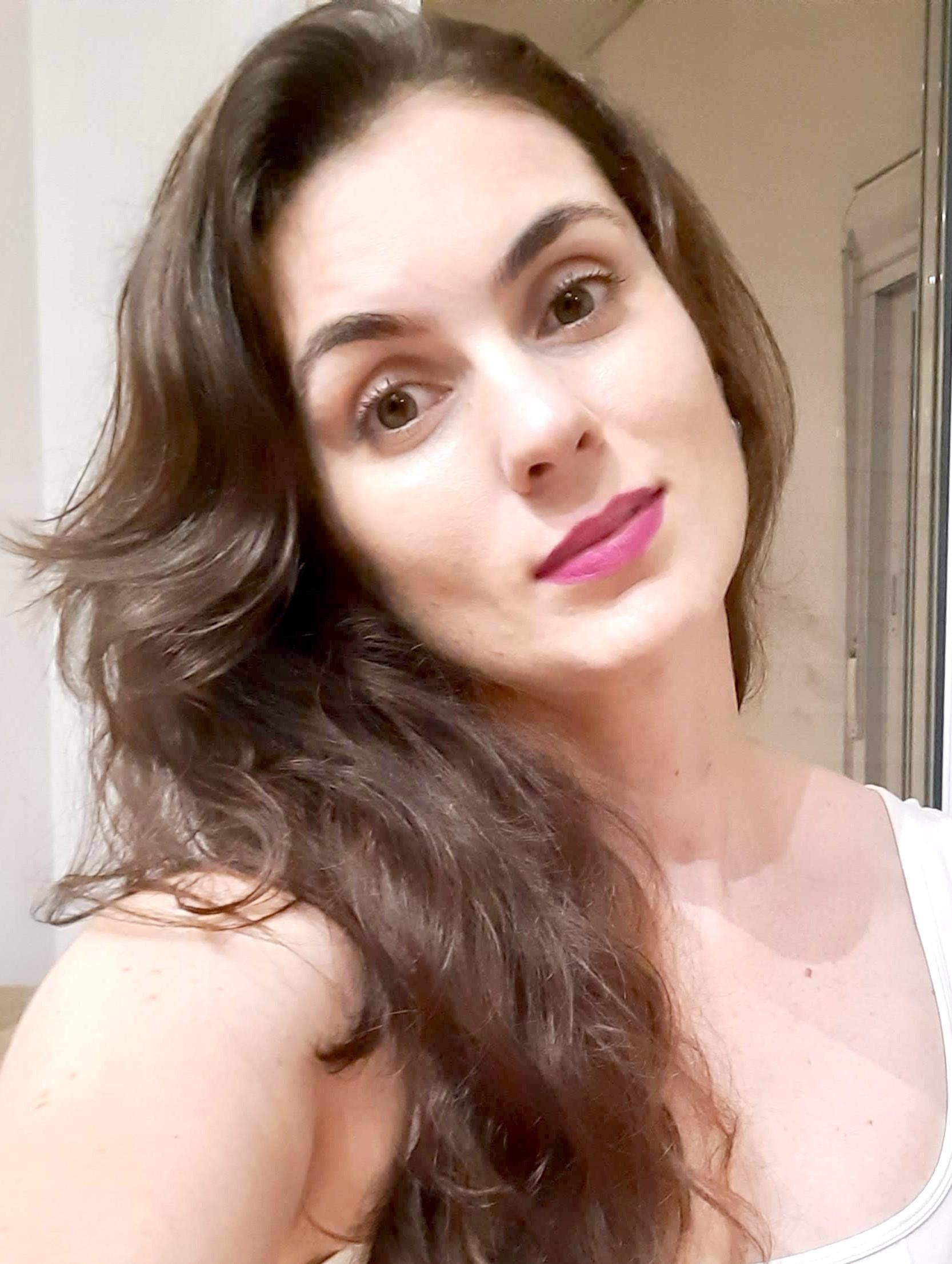
Elizandra Daneize dos Santos (São Paulo State University (UNESP))

Rodolfo Langhi (São Paulo State University (Unesp), School of Sciences, Astronomy Observatory)
For more information about this talk click here
-
Discussion Panel: Astronomy Education in Practice in Primary Schools
Wednesday Nov. 13, 2024UTC: 11:25 a.m. - noon America/New_York: 6:25 a.m.- 7 a.m.
Thursday Nov. 14, 2024
UTC: 6:25 p.m. - 7 p.m. America/New_York: 1:25 p.m.- 2 p.m.Chair:

Eduardo Monfardini Penteado
Panel: Maria Luísa Almeida
(NUCLIO - Núcleo Interativo de Astronomia e Inovação em Educação), Juan Ángel Vaquerizo
(Centro de Astrobiología (CAB, CSIC-INTA)), Emmanuel Rollinde
(LDAR/CYU), Hossein Khezri , Elizandra Daneize dos Santos
(São Paulo State University (UNESP))
Posters
-
Advancing Astronomical Literacy via Student Writing Contests
William H. Waller (Endicott College, The Galactic Inquirer, and IAU/OAE/US-NAEC)
Scientific literacy encompasses the ability to read scientific literature and to effectively communicate scientific knowledge and reasoning via writing, speaking, and other means. This skill comprises a key goal of K-12 education, as borne out by educational standards worldwide (cf. The Next Generation Science Standards followed by U.S. schools). Advancing astronomical literacy provides a compelling gateway to advancing scientific literacy overall, as the subject of Astronomy is both interdisciplinary and very popular. In this presentation, I discuss the motivation and development of an astronomical writing contest for high-school students. Progress on a pilot astronomical science writing contest being hosted by The Galactic Inquirer will be presented.
-
Advancing Astronomy Education in Indonesia through NASE: Insights from the 2022 and 2024 Courses
Nindhita Pratiwi (Institut Teknologi Sumatera)
NASE continues to make significant strides in Indonesia, with recent courses held by ITS and UNJ. In 2022, ITS hosted a hybrid NASE course from December 12-13, featuring 3 IAU instructors, 4 local instructors, and 20 participants. Building on the success of this event, the 2024 NASE course was held by UNJ from September 9-12, featuring 6 IAU instructors, 7 local instructors, and 40 participants from Jakarta. The program was expanded to include 4 lectures, 11 workshops, and 2 working groups. The NASE courses in Indonesia contribute significantly to the development of astronomy education in Indonesia, fostering both academic growth and public interest in the field.
-
Astronomy Education in Tanzania secondary school
Elineema Nassari (Mount Meru Astronomical Observatory)
Astronomy Education in Tanzania Secondary schools. 1. Background of astronomy in Tanzania 2. Astronomy education 3. Teachers' training programs 4. outreach 5. The use of Astronomy in interdisciplinary teaching 6. Important of Astronomy in daily-life
-
Building a sky observation activity in a school context.
Gleice Kelen Dornelles Costa (Universidade de São Paulo)
This paper presents a sky observation activity, applied in a school environment and developed based on references constructed by researchers in the field of Astronomy Teaching. These indicate three distinct moments: before, during and after sky observation. In the pre-observation phase, the student is prepared for the task and what elements should be taken into account when carrying it out: investigation of previous conceptions, the star/phenomenon to be observed, the objectives to be achieved, the period, duration and space where the activity will take place. During observation, data is collected, taking into account the strategies for observing and monitoring the stars. In the post-observation phase, the content is systematized, the data is analyzed and the objectives are verified.
-
Closer to the Sky: Co-creating Astronomical Knowledge in PPG Favela of Rio de Janeiro
Larissa Okiyama (Federal University of Rio de Janeiro)
This project co-produces scientific knowledge with astronomers and artists/educators in PPG, targeting children, teenagers, and young adults. In partnership with ‘Ninho das Águias,’ we offer classes and night sky observations. Many PPG students face academic challenges and lack extracurricular opportunities, leading to disadvantages in higher education and employment. Our extracurricular courses aim to enrich their education and promote continued learning. By providing positive role models from Afrodescendant backgrounds and creating decolonial, context-based science materials, we support local culture and share resources as Open Educational Resources.
-
Collaboration among high schools, universities, and high-tech enterprises to jointly develop courses
Xinrong Shen
Based on the collaboration between "high schools and high schools," "high schools and universities," and "high schools and high-tech enterprises," the Astronomical Society of Jiangsu Tianyi High School has jointly developed high school astronomy courses in partnership with these institutions and achieved significant results. 1.Platform Construction 1.1 Innovation Laboratories 1.2 Off-campus Practice Bases 1.3 Teaching and Learning Alliance 2.Mechanism Construction 2.1 Organizational Structure 2.2 Project Collaboration 3.Curriculum Development 3.1 Popular Science Courses 3.2 Subject Competition Courses 3.3 Project Research Courses 3.4 University-High School Joint Courses
-
Equipping Educators Through a Train-the-Trainer Mental Health Initiative
Dominic Vertue (Office of Astronomy for Development)
This abstract provides an overview of a Train-the-Trainer program designed to equip outreach practitioners with the skills to implement astronomy-based mental health activities in educational settings. Developed in collaboration with psychologists and outreach professionals, this three-day workshop integrates psychological principles with practical astronomy, guided by the IAU Office of Astronomy for Development’s Mental Health Workbook. Core topics include human behavior, communication, ACT, group facilitation, ethical considerations, and monitoring strategies. The program emphasizes fostering STEM identity in adolescents while promoting well-being and explores potential longitudinal studies to assess impact.
-
Experiential Workshop: Integrating Astronomical Data Sonification with STEAM Education
Lai Xinyu (Shandong University)
The study integrates the interdisciplinary nature of astronomical data sonification with STEAM education concepts, designing a series of workshops to explore new teaching models for astronomy education. Conducted in middle schools, the workshops involve students selecting galaxy images that interest them and resonate with real-life contexts after learning about relevant astronomical knowledge and sonification techniques. Students then create their own simple musical pieces with the guidance of teacher. A post-workshop survey revealed students' positive attitudes toward the sonification of astronomical data. The workshops not only deepened students' understanding of astronomy but also fostered creativity and interdisciplinary problem-solving skills.
-
Galaxy Formation for School Students
Rahul Chudji
The obstacle of understanding will explain the formation of different types of galaxies and their evolution with the help of models and activities. 1. First Model: Bucket and Whirlpool model. The slow addition of different colors will explain mergers and acquisitions. 2. Second activity: Clay and soldering wire. Elliptical and Spiral galaxies and their respective shapes. How do they evolve, and form? Students can make their galaxies with clay and wires. 3. Third model: Scaled down flow chart of galaxy formation. A flow chart explaining galaxy formation for 14-year-olds. This study will first include their ideas about galaxy formation. The responses will forecast the residual knowledge about galaxies. At the final stage, students will take two assessment tests after this intervention.
-
Solar Cycle School Activities
Hani Dalee (Arab Union for Astronomy & Space Sciences)
Under the affiliation to Qatar Astronomy Olympiad for School 2024, educators have gone through a unique activity that allows students to get a good idea about sunspots and the solar cycle activity. In that aspect, schools were asked to purchase (or borrow) telescopes to be used for sunspots observations. Educators have formed an Astronomy Team at each school, this team has received the basic training about the project and how to convey it to other students at their school. Between 200-300 students from each school (69 schools) have attended the activity which was divided into two parts; observing sunspots via projection method, and listen to an interactive "lecture" from "All" team members. More than 10,000 students have gone through this project in less than two weeks.
-
STEM+A@Astronomy: Integrating Astronomy into Curriculum by Engineering Design and Science Inquiry
Exodus Chun-Long Sit (Chair of IAU-NAEC & Co-NOC Hong Kong, Starrix, Hong Kong)
With the increasing popularity of astronomy education and space science, teaching astronomy has emerged as a new feature in formal education within schools, fostering learner’s astronomy literacy and creative problem-solving skills. By applying engineering design cycles and scientific inquiry, teachers can facilitate the application of astronomical knowledge to real-world situations. STEM+A@Astronomy, as an interdisciplinary project, aims to cultivate learner's incentives and curiosity about night sky observation, space science, and planetary science through experiential learning and hands-on experience. It can also apply to modular lessons in formal primary education to provide an intensive learning experience for students in their daily life.
-
Teaching high school astronomy through scientists' biographies
Dmitrii Ostriakov (École Jeannine Manuel, Paris)
To get students motivated one needs to establish a personal connection with subject, show its beauty and deliver amazing facts. From our experience, implementing elements of biographies of researchers into the curriculum has been a successful approach . References to misconceptions that are now considered ridiculous but once seemed like promising conjectures may attract students through humor and advance the critical thinking skill. Can we assume common personal traits of Johannes Kepler and Andrea Ghez, who made observations of the same objects over many years in a row? How ingenious were the ancient philosophers in laying the foundation of astronomical science without any computational tools? What moral choice did discoveries in nuclear physics inthe mid-twentieth century lead to?
-
Where did the stars go?
Ekaterini Maria Rozi (Greek Ministry of Education and Religious Affairs, Athens, Greece)
Engaging students with science and its complex terminologies through traditional teaching methods can be challenging. This paper recounts our collaborative e Twinning project involving 3rd and 4th Junior High School students in Glyfada, Athens, Greece, and the Primary School of Apostle Lucas in Strovolos, Cyprus. Our primary aim was to familiarize them with Light Pollution, a topic often overlooked in our school curricula. Additionally, we aimed to break away from traditional classrooms, fostering cooperative skills, intensifying interest in extracurricular learning, and addressing societal challenges through research and innovation. The conclusion underscores the importance of broader public awareness and governmental action, advocating for a future with darker and starrier skies!




